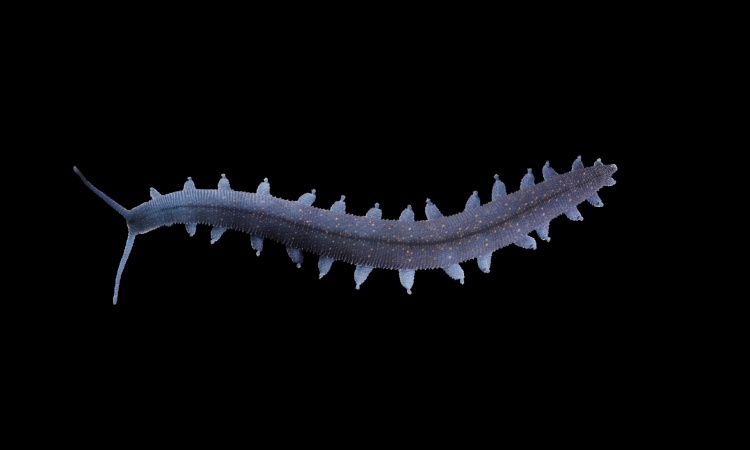The 64-MSCT in the emergency room
For 2 1/2 years we have had the opportunity to use a 64-MSCT in our emergency department at the Brüder-Krankenhaus Trier, the biggest institution of the Brothers of Charity and academic teaching hospital at the University of the State Capital of Mainz.

We still respect the great speed in which we receive images of outstanding quality and exhaustive precision. Despite the extensive achievements of the technical devices a continuous process of learning was needed for all participants to transfer the material improvement to beneficial results for patients themselves. Due to the shorter diagnostic period, and in the absence of published evidence for the use of the CT scanning in the first phase of treatment, we felt inclined to establish a new algorithm for the priority-oriented use of the 64-MSCT. Our intention was to avoid unnecessary radiation exposure due to uncritical use of a full body scan.
History
Although the CT-scan is recommended as the diagnostic gold-standard for injuries of nearly all body regions, so far - due to evidence-based criteria – it was obsolete for a patient with low blood pressure (BP), which means the majority of cases. The protocol we used implied the use of the MSCT-scan following standardised criteria even in patients with low BP.
Methods
All emergency room patients between June 2005 and June 2006 were documented prospectively and all trauma patients aged between 16 and 70 years were enrolled in the study.
The basis of documentation was the standard form of the German trauma board (Polytraumaregister), extended to circulatory instability. We classified circulatory instability in three severity codes:
Grade - I = to be compensated with volume substitution
Grade - II = to be compensated with volume substitution and catecholamine
Grade - III = not re-compensable.
Results
The mean ISS (injury-severity-score) of all 45 documented patients was 36 (16 to 75). The average primary treatment time (emergency room time) was 64 minutes (38 to 175min). 32 patients (46%) suffered from hypotonia grade-I during the CT-scan; 8 patients (14%) had a hypotonia grade-II and just one patient (1.8%) had an unrecompensable hypotonia and died (without CT-scan) before reaching the operation theatre. So far, we found no patient threatened by operating a CT-scan during haemodynamic instability.
Conclusion - The use of the 64-MSCT for primary diagnosis of the severely injured and even haemodynamic unstable patient improves the diagnostic speed and significance of radiological findings. Endangering patients in this new emergency room protocol was not found.
30.10.2007











